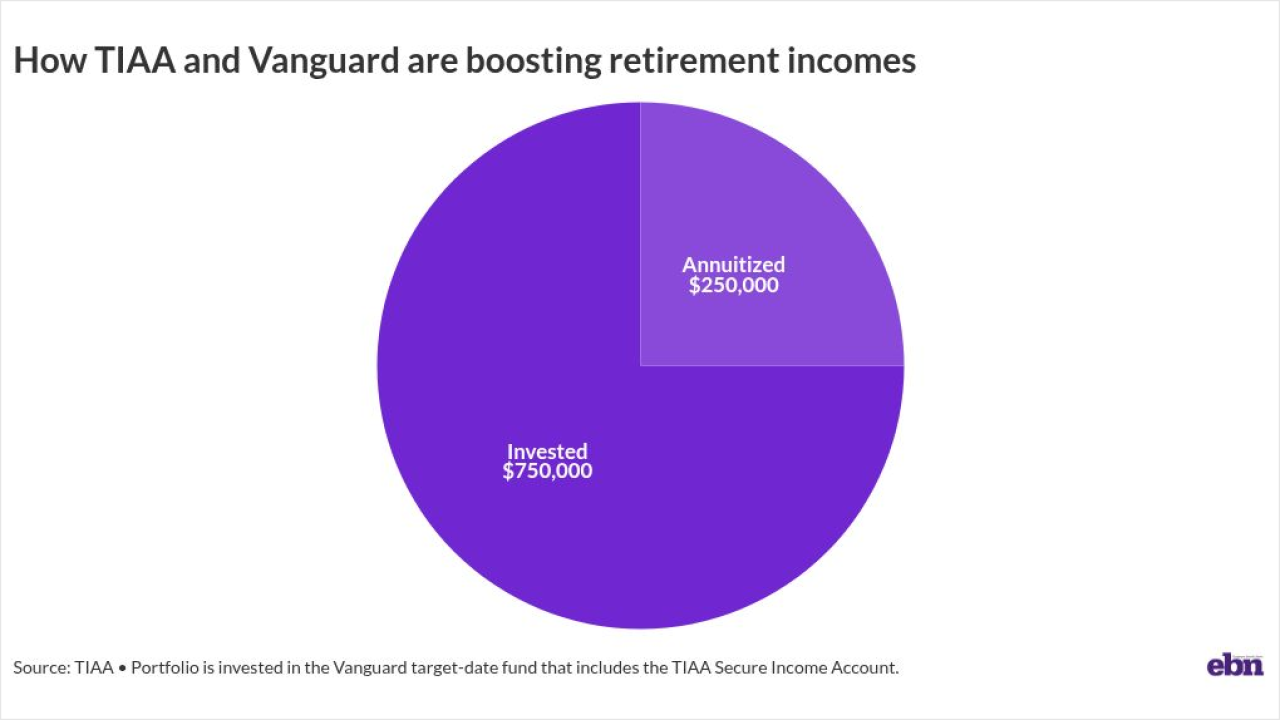
Beyond competitive pay and benefits, how do employers create an exceptional experience for their employees? By offering engaging programs, resource groups and events that enhance employee connections and develop a more thriving workplace culture.
1. Make employee experience technology easy to use
In addition, a poor user experience also can negatively color an employee’s opinion of the organization as a whole, making them more likely to leave.
Consumer-grade interfaces on user-friendly platforms are critical for encouraging employees to participate in workplace groups and programs. When companies invest in employee groups and programs, they expect to see ROI in the form of increased engagement and satisfaction. The key to success is making participation easy.
2. Keep employee experience programs consistent across the organization
For example, wellness programs help improve employee health, satisfaction and engagement. But a lunchtime yoga series offered at company headquarters may make work-from-home employees feel left out.
3. Give employees more control over benefit spending
Giving employees this autonomy not only increases the likelihood that they’ll participate, but it also makes it easy for HR teams to distribute benefits fairly across the entire organization.
4. Streamline data to accurately track employee engagement
Having participation metrics readily available makes it easy for HR teams to see which programs are working and which aren’t resonating with employees. They’re also able to deliver that information to the C-suite and make the case for additional funding where needed.
5. Devote more funding to employee resource groups
Making ERGs a priority when allocating funds for the year will pay off, but only if they’re handled the right way. Using an automated platform to manage ERGs, promote events, track participation and encourage feedback saves HR teams both time and resources, giving them the opportunity to devote more time to improving the employee experience.





